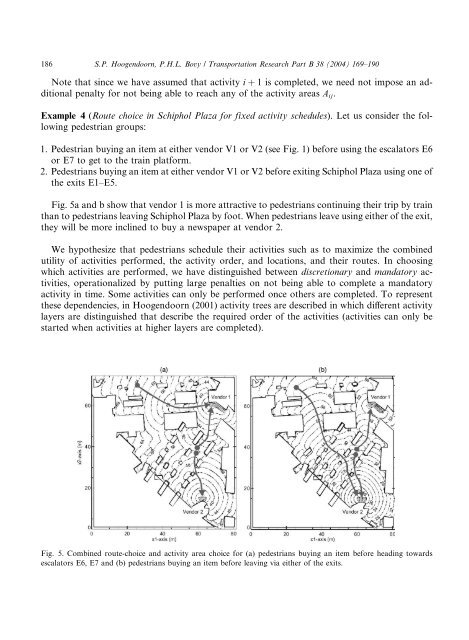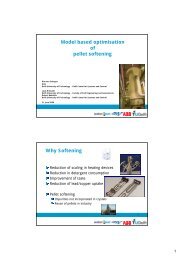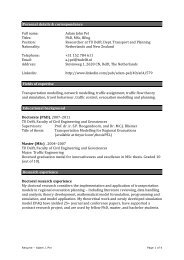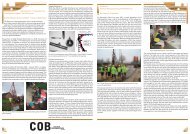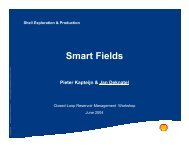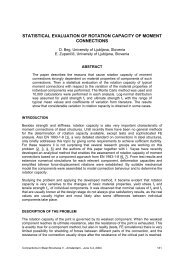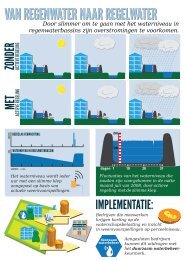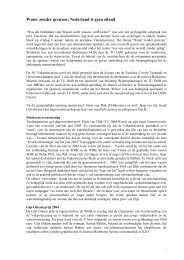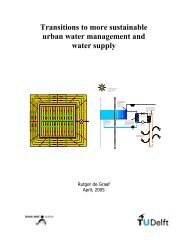Pedestrian route-choice and activity scheduling theory and models
Pedestrian route-choice and activity scheduling theory and models
Pedestrian route-choice and activity scheduling theory and models
You also want an ePaper? Increase the reach of your titles
YUMPU automatically turns print PDFs into web optimized ePapers that Google loves.
186 S.P. Hoogendoorn, P.H.L. Bovy / Transportation Research Part B 38 (2004) 169–190<br />
Note that since we have assumed that <strong>activity</strong> i þ 1 is completed, we need not impose an additional<br />
penalty for not being able to reach any of the <strong>activity</strong> areas A ij .<br />
Example 4 (Route <strong>choice</strong> in Schiphol Plaza for fixed <strong>activity</strong> schedules). Let us consider the following<br />
pedestrian groups:<br />
1. <strong>Pedestrian</strong> buying an item at either vendor V1 or V2 (see Fig. 1) before using the escalators E6<br />
or E7 to get to the train platform.<br />
2. <strong>Pedestrian</strong>s buying an item at either vendor V1 or V2 before exiting Schiphol Plaza using one of<br />
the exits E1–E5.<br />
Fig. 5a <strong>and</strong> b show that vendor 1 is more attractive to pedestrians continuing their trip by train<br />
than to pedestrians leaving Schiphol Plaza by foot. When pedestrians leave using either of the exit,<br />
they will be more inclined to buy a newspaper at vendor 2.<br />
We hypothesize that pedestrians schedule their activities such as to maximize the combined<br />
utility of activities performed, the <strong>activity</strong> order, <strong>and</strong> locations, <strong>and</strong> their <strong>route</strong>s. In choosing<br />
which activities are performed, we have distinguished between discretionary <strong>and</strong> m<strong>and</strong>atory activities,<br />
operationalized by putting large penalties on not being able to complete a m<strong>and</strong>atory<br />
<strong>activity</strong> in time. Some activities can only be performed once others are completed. To represent<br />
these dependencies, in Hoogendoorn (2001) <strong>activity</strong> trees are described in which different <strong>activity</strong><br />
layers are distinguished that describe the required order of the activities (activities can only be<br />
started when activities at higher layers are completed).<br />
Fig. 5. Combined <strong>route</strong>-<strong>choice</strong> <strong>and</strong> <strong>activity</strong> area <strong>choice</strong> for (a) pedestrians buying an item before heading towards<br />
escalators E6, E7 <strong>and</strong> (b) pedestrians buying an item before leaving via either of the exits.


